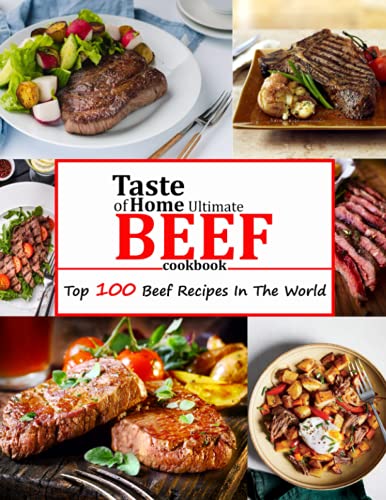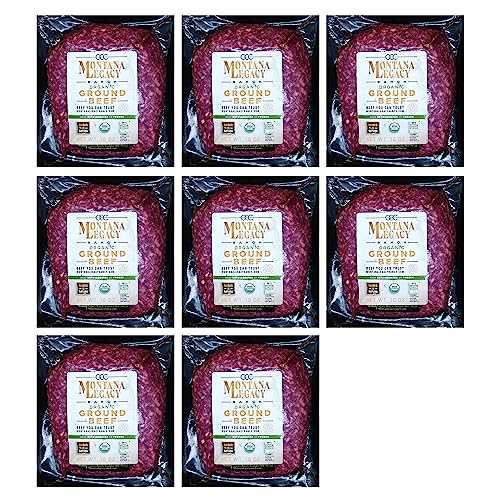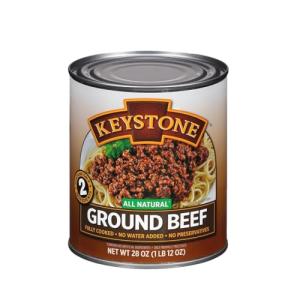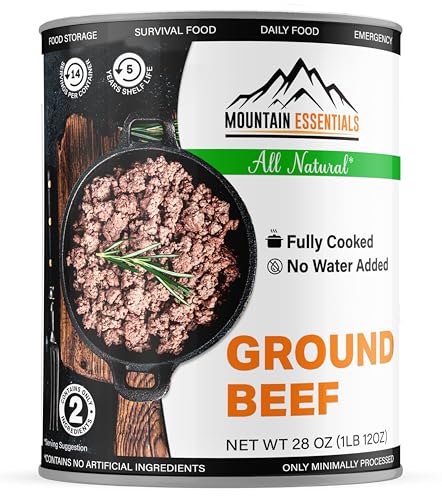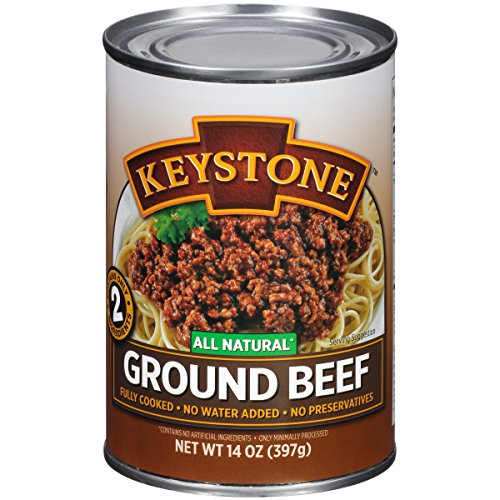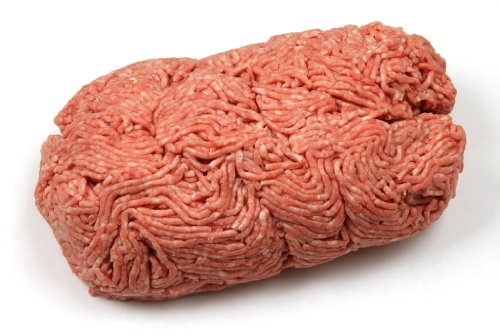If you’re curious about the difference between grass-fed and grain-fed beef, let’s talk health. Grass-fed beef packs a punch when it comes to nutrition. It's generally leaner than grain-fed beef, which means fewer calories and less fat. If you're watching your waistline, this could be a game changer.
Another big perk? Grass-fed beef is loaded with healthy omega-3 fatty acids. These are the good fats that can help reduce inflammation and promote heart health. In contrast, grain-fed beef tends to have higher omega-6 levels, which aren't as beneficial in large amounts. So, if you want to support your overall health, choosing grass-fed can make a real difference.
You also get more vitamins and antioxidants in grass-fed beef. It’s rich in vitamin E and beta carotene, both of which are fantastic for your immune system and skin health. Grain-fed beef just doesn’t compare in this department. When you choose grass-fed, you're not just getting a delicious meal—you're fueling your body with nutrients.
On top of that, grass-fed beef tends to have a better environmental footprint. Cows raised on grass are often kept on pasture, which benefits the land and promotes sustainable farming practices. So, when considering the difference between grass-fed and grain-fed beef, it's clear that grass-fed offers both health benefits and a more eco-friendly choice.
Grain-Fed Beef and Its Flavor Profile
Grain-fed beef has its own special flavor profile that many people rave about. When cows feast on grains, like corn and soy, it influences the taste and texture of the meat. You’ll notice that grain-fed beef tends to be richer and juicier, thanks to the extra marbling that comes from their diet. That marbling not only adds flavor but also makes the beef incredibly tender.
This type of beef usually has a slightly sweeter taste compared to grass-fed options. If you’re someone who enjoys a bold, hearty flavor, grain-fed beef is right up your alley. It cooks beautifully and cuts easily, making it a favorite for burgers, steaks, and roasts. Those juicy burgers at your local diner? Chances are they’re using grain-fed beef to deliver that mouthwatering taste.
Another appealing aspect of grain-fed beef is its consistency. Because these cows are raised in a controlled environment, the quality of the meat tends to be more uniform. You won’t have to worry about the randomness that can come with grass-fed beef, which can vary in flavor depending on the cow’s diet and the season. If you’re planning a special meal or hosting a barbecue, choosing grain-fed beef can ensure you impress your guests with tender, flavorful cuts.
So, if you're considering the difference between grass-fed and grain-fed beef, it really comes down to your taste preferences. Grain-fed beef offers that classic, satisfying experience many people love. Whether you’re grilling, searing, or slow-cooking, this type of beef delivers on flavor and texture every time.
Ultimate Beef Cookbook: 100 Best Beef Recipes
Discover delicious recipes that bring out the best flavors in every cut of beef
Product information
$8.99
Product Review Score
4.21 out of 5 stars
139 reviewsProduct links
Sustainability of Grass-Fed vs Grain-Fed
When it comes to the sustainability of grass-fed and grain-fed beef, the difference can be pretty significant. Grass-fed beef tends to have a smaller environmental footprint. Cows grazing on grasslands help maintain healthy ecosystems, support soil health, and can contribute to carbon sequestration. It’s all about letting them do their natural thing, which ultimately helps the earth.
On the other hand, grain-fed beef production often involves larger feedlots and requires more resources. These farms rely heavily on grains like corn, which demands a lot of water and land to grow. Not to mention, the way grains are produced can include heavy use of fertilizers and pesticides, which isn’t the best for our planet.
Grass-fed beef can also promote biodiversity. Grazing cows can help manage the land by fertilizing it and keeping plant growth in check. This balance isn’t just good for cows; it’s good for other wildlife too! When you support grass-fed beef, you’re often supporting smaller farms and regenerative practices that maintain the land's health.
Montana Legacy Ranch Black Angus Organic Ground Beef
Taste the difference with our premium organic ground beef that's raised with care and packed with flavor
Product information
$139.99
Product Review Score
4.33 out of 5 stars
26 reviewsProduct links
Cost Differences Between Beef Options
When it comes to choosing between beef options, cost is a big factor for many of us. Let’s break it down a bit and explore the cost differences between grass-fed and grain-fed beef. Knowing these differences can help you make a more informed choice based on your budget and preferences.
Grass-fed beef typically costs more than grain-fed beef. Why? Well, raising grass-fed cattle takes longer. They graze on pasture, which means they grow at a slower rate compared to grain-fed cattle that are often fed specially formulated diets to bulk them up quickly. This longer process contributes to higher prices at the store.
On the flip side, grain-fed beef is usually cheaper. Farmers can raise grain-fed cattle in a more controlled environment and feed them a diet that promotes faster growth. This efficiency helps keep costs down, making it a popular choice for budget-friendly shoppers.
Prices can vary based on several other factors too, like the region you live in, the specific cuts of beef, and whether it’s organic. You’ll typically find grass-fed options at higher-end grocery stores or farmers’ markets, while grain-fed cuts are widely available in supermarkets. So, when considering the difference between grass-fed and grain-fed beef, think about what fits your budget and values.
